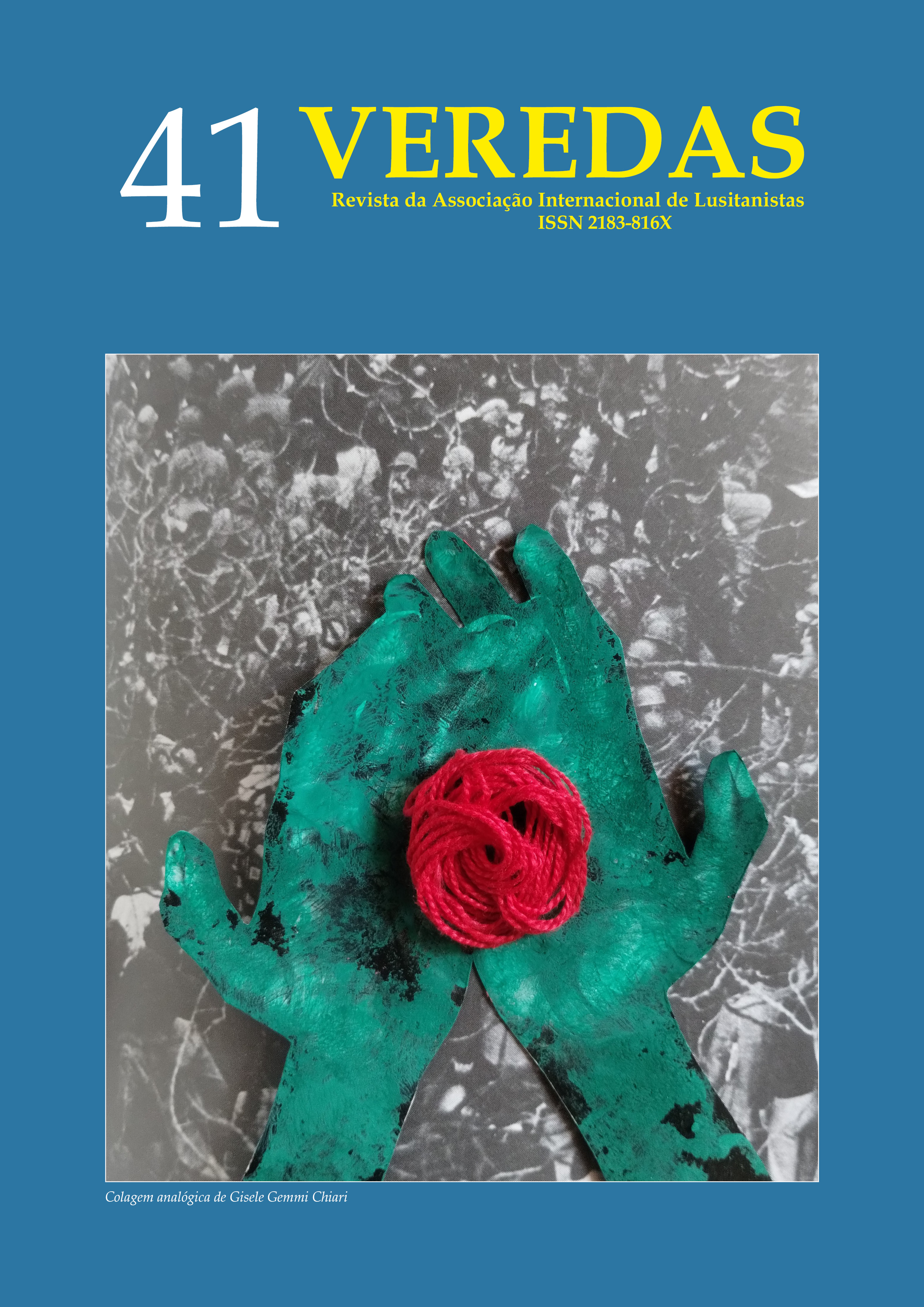Abstract
This essay analyses the topography of Ema (Vale Abraão), the girl with the broken incisor “Um inverno frio” and Alfreda (A alma dos ricos) interpreting these characters as similar outgrowths to the vegetal fabric that frames them. Their eccentricity and excess make them marginal to the interior scenarios in which they move, reaching the core of their fulfillment externally. Additionally, the construction of the spaces related to these characters is explored, considering what we understand to be a principle of mutability of spatial coordinates, a form of displacement from fixed space. This impression of movement can be textually produced by the prefiguration of the horizontality and verticality of spaces, as well as by establishing a rhythm mediated by expansion and pause in the character’s relationship with space, for evolving mutable purposes. Thus, comparative and topo-analytic reading instruments will be used, borrowing and intersecting concepts of space and place from Yi-Fu Tuan (1983) and Marc Augé (2020), the notion of environment from Ozíris Borges Filho (2020), and setting from Marie-Laure Ryan (2016), along with Gaston Bachelard’s phenomenology of the circle (1994).
References
AUGÉ, Marc. Non-Places: an introduction to Supermodernity. London: Verso Books 2020.
BACHELARD, Gaston. Poetics of Space. Boston: Beacon Press books, 1994.
BESSA-LUÍS, Agustina. Um inverno frio. Colóquio Letras, Lisboa, n. 16, p. 53-55, nov. 1973.
BESSA-LUÍS, Agustina. A alma dos ricos, o princípio da incerteza. Guimarães: Figueirinhas, 2002.
BESSA-LUÍS, Agustina. Vale Abraão. Guimarães: Figueirinhas, 1999.
BORGES FILHO, Ozíris. Espaço & literatura: introdução à Topoanálise. Franca: Ribeirão Gráfica Editora, 2020.
RYAN, Marie-Laure. Narrative as virtual reality revisiting immersion and interactivity in literature and electronic media. Baltimore: John Hopkins University Press, 2016.
TUAN, Yi-Fu. Espaço e lugar, a perspetiva da experiência. Difel, 1983.

This work is licensed under a Creative Commons Attribution 4.0 International License.
Copyright (c) 2024 Cláudia Capela Ferreira

